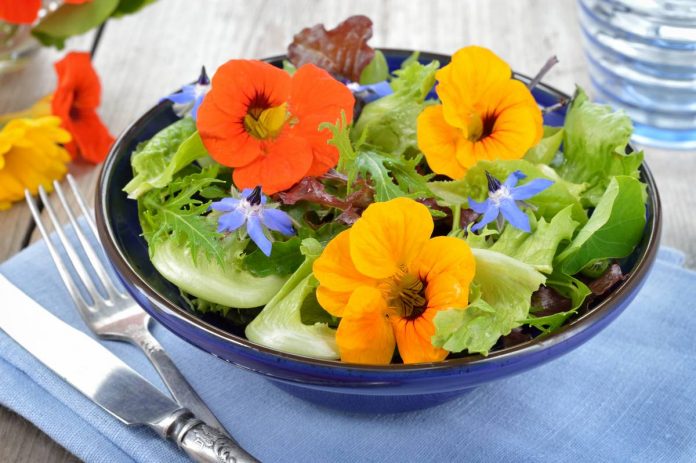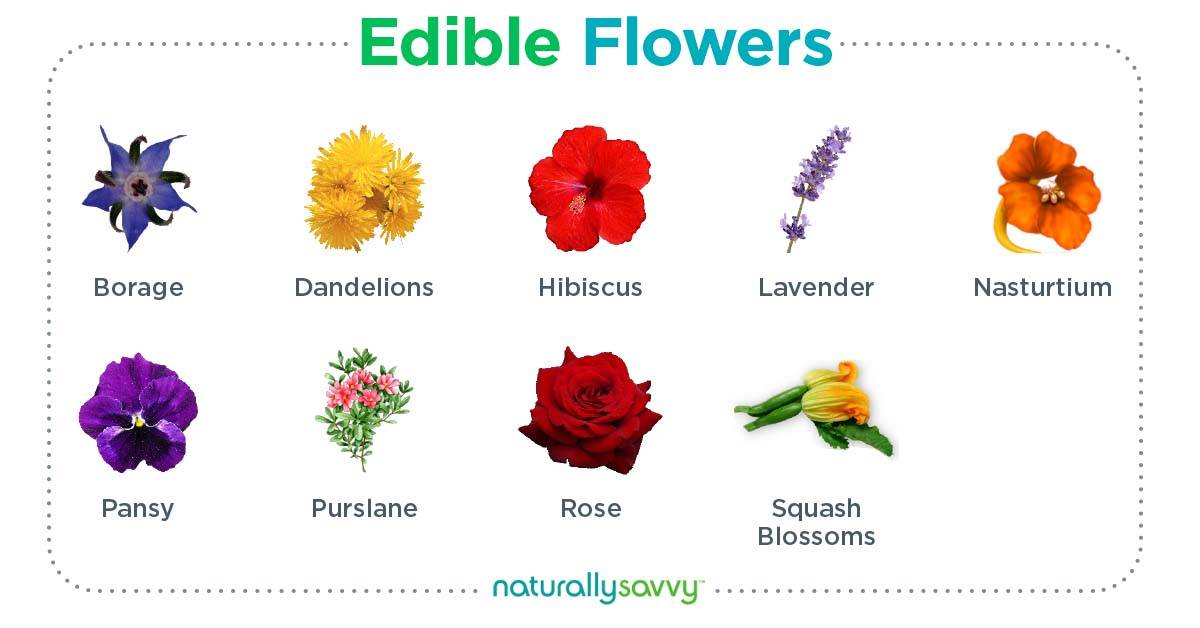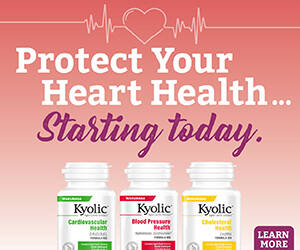
If you have never thought about eating flowers or thought some flowers were only good for making tea, then you’re in for a treat!. There are many edible flowers that are not only delicious in a wide variety of dishes but also healthy! So spend a few minutes learning how you and your family can enjoy these colorful treats.
Eating flowers
We are not suggesting you run out into your garden or comb the roadsides or meadows for just any flowers. Only some flowers are edible, and there are a few guidelines you need to follow to ensure you are selecting flowers that are safe for consumption in main dishes, salads, sauces, and beverages. First, however, let’s look at nine delicious, healthy blooms suitable for your menu.
Read about could vinpocetine from periwinkles promote brain health
Borage
The star-shaped blue, pink, or white flowers of borage have long been valued for their healing abilities for cough and sore throat. However, the leaves and flowers are also a raw nutritional treat in salads because of their cucumbery and slightly sweet flavor. You can also enjoy them cooked in sauces, stews, soups, or as a side dish. Try a variety of borage recipes.
Dandelions
Some people regard dandelions as weeds, but their bright yellow blossoms, as well as their leaves, roots, and stems, are high in antioxidants and also have anti-diabetic properties. You can enjoy the flowers and leaves raw in salads, or try frying the flowers in batter. The flowers are also used to make jelly and wine. If you prefer dandelion tea, steep the roots for a beverage that can help with digestion. A 2022 study reports that dandelion roots and other parts contain substances that provide protection to the gastrointestinal tract.
Hibiscus
The most popular edible variety of hibiscus is the Hibiscus sabdariffa (aka, roselle). These pink, yellow, red, and white large flowers can be enjoyed clipped directly from the plant in salads, or they can be made into jams and relishes. Recent research shows that healthy individuals who drank 7 ounces of a hibiscus beverage daily for six months experienced a significant decline in blood pressure, elevated antioxidant levels, and helped with skin hydration and redness. Another study indicates that hibiscus may be helpful for managing high cholesterol, inflammatory diseases of the kidney and liver, and cancer.
Read about sour hibiscus tea provides sweet health benefits
Lavender
The small violet flowers of the lavender plant have a delightful aroma, but they are also known for their calming effects and delicate flavor. You can cook with lavender in a variety of dishes and desserts or simply enjoy the fresh or dried flowers as tea.
Nasturtium
Also known as monk cress (Tropaeolum majus), you can enjoy both the flowers and leaves of the nasturtium raw or cooked. The red, yellow, or orange flowers can be added to salads or used as a decoration on baked goods, while the leaves are perfect salad greens or a tasty ingredient in pesto. Added bonuses of nasturtium are its high antioxidant content and anti-inflammatory properties.

Pansy
Pansies come in many colors, with purple, yellow, and blue being the most common. These flowers are great as garnishes on cakes and other baked goods, but they are also delicious when the petals are added to salads. When you eat pansies, you will also benefit from their antioxidant and anti-inflammatory properties.
Purslane
One of the special features of purslane and its delicate yellow flowers and leaves is its high content of omega-3 fatty acids, along with lots of antioxidants, vitamins, and minerals. Purslane flowers and leaves can be enjoyed raw in salads, sandwiches, and as a topping on vegetable dishes, as well as added to soups or steamed as a side dish.
Rose
A rose is a rose is a rose…but they don’t all taste the same. That means you have a great variety of flavors from which to choose (there are more than 150 species of roses) when bringing more zest to your table. Rose petals (please don’t eat the stems or leaves) can be added raw to salads or sandwiches, used to make rose-infused drinks, or made into rose petal jams or cupcakes.
Squash blossoms
One of the treats of summer squash is fried or stuffed squash blossoms. Zucchini blossoms are the most commonly consumed of the squash flowers, and they can be enjoyed raw in salads as well as cooked (see recipes). If you are growing your own squash, choose the male flowers only, as the female blossoms are the ones that produce the squash. Male flowers have a thin, long stem and usually are found around the outer edges of the plant, while the female flowers grow near the plant’s center and have small fruit near where the blossom and stem meet.
How to choose edible flowers
Before you pick flowers for your menu, here are a few tips from the University of Minnesota Extension:
- When eating blossoms, remove the pistils and stamens first.
- Choose plants that are pesticide-free and certified organic. Do not consume any other type of flowers! You can purchase edible flowers at some farmers’ markets, garden centers, selected grocery stores (look in the produce section, not the floral department), and online. Fresh flowers should be consumed within 24 hours. You also can grow your own!
- Wash fresh flowers gently and allow them to dry. Place them in a plastic bag in the refrigerator until ready for use. Add the flowers to your salad or other dishes immediately before serving.
For more edible flowers, see the University of Minnesota Extension list.
Bottom line
Once you start eating flowers, you may find yourself searching for new ways to enjoy them in your dishes. Brighten your meals, health, and taste buds with edible flowers today.




